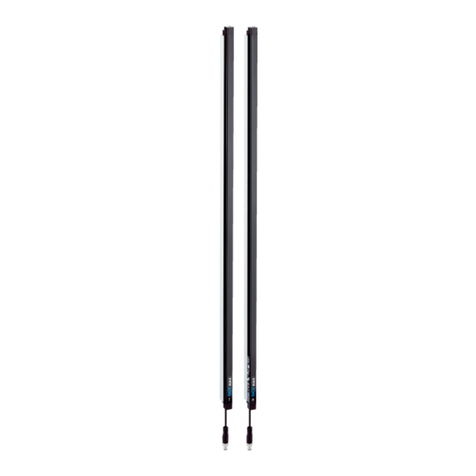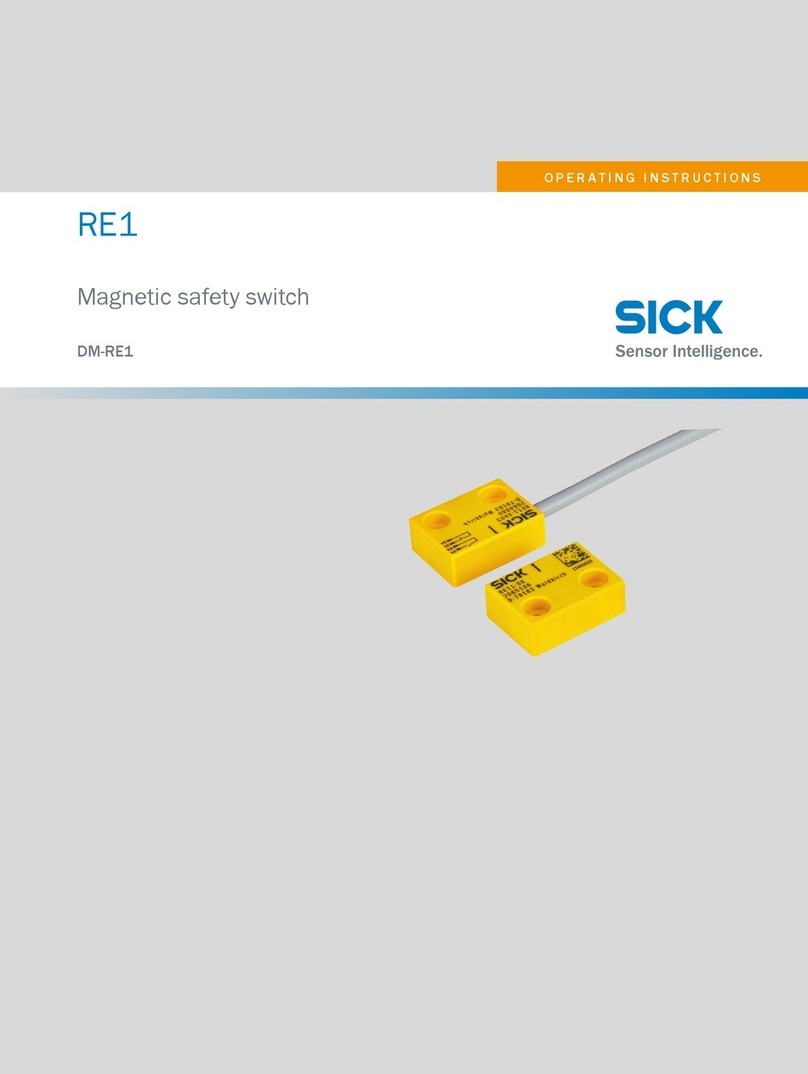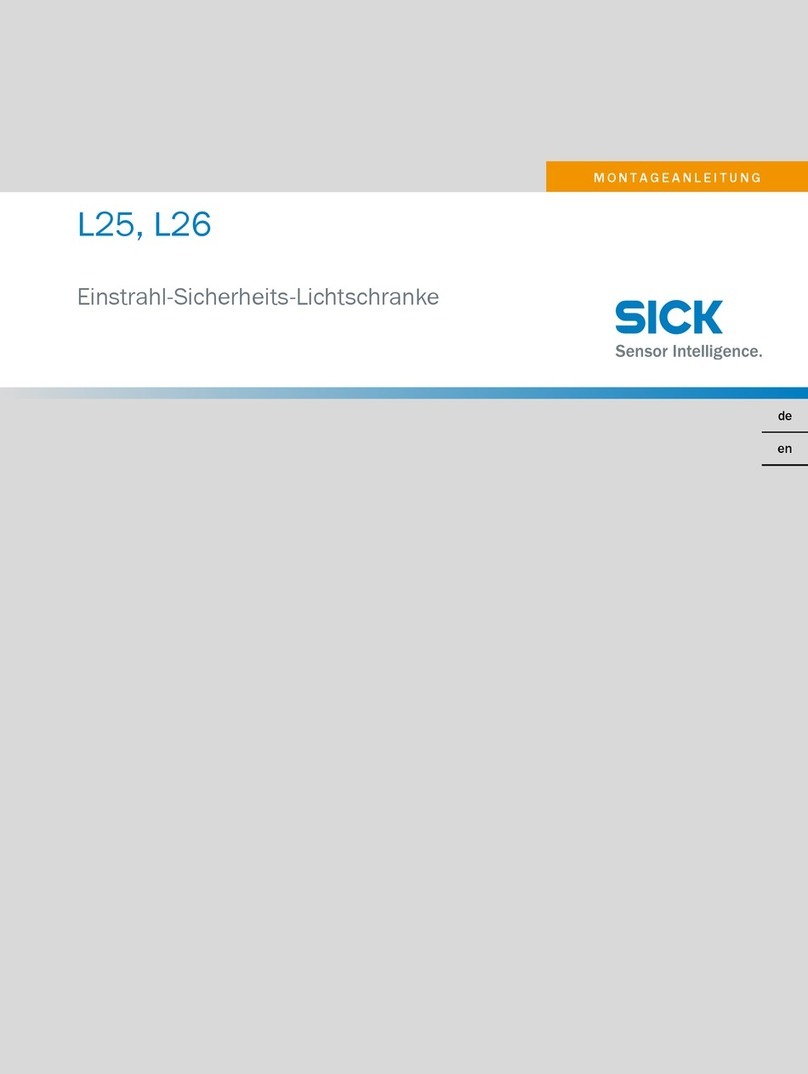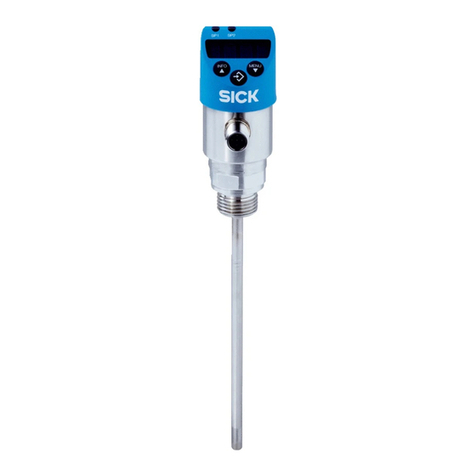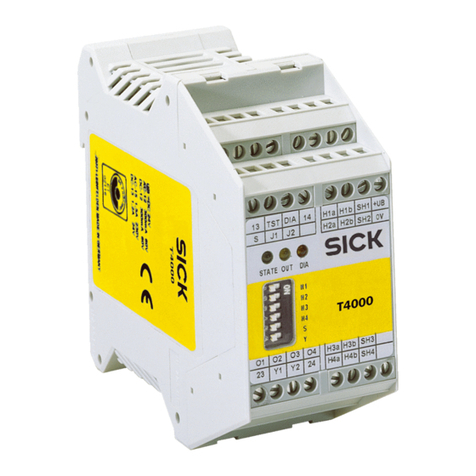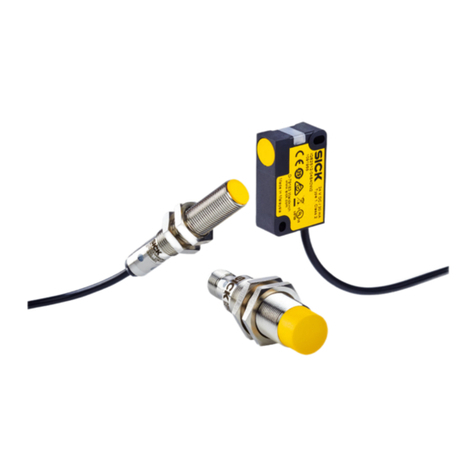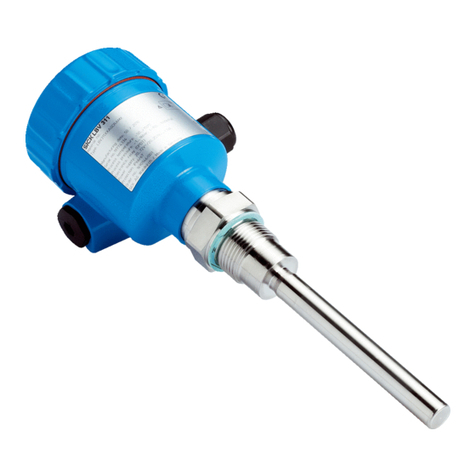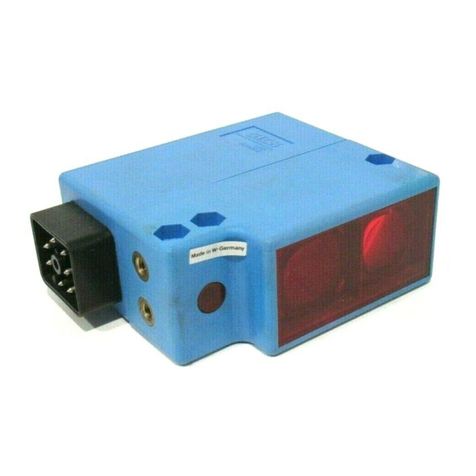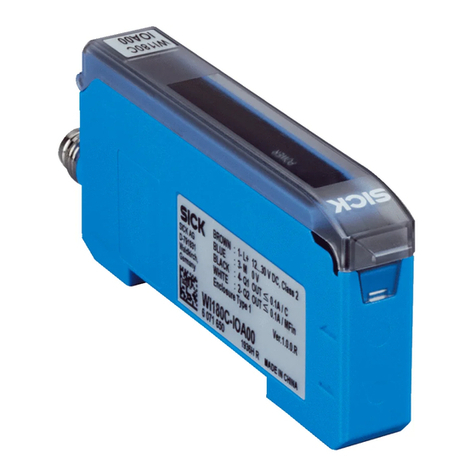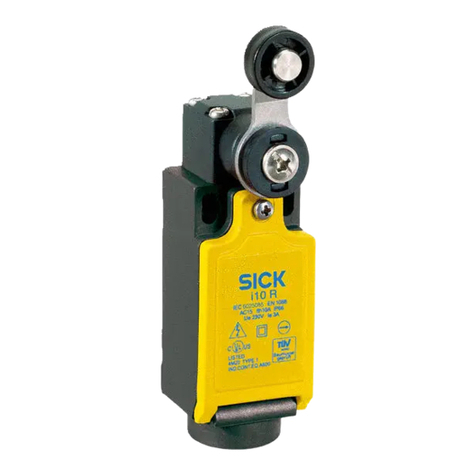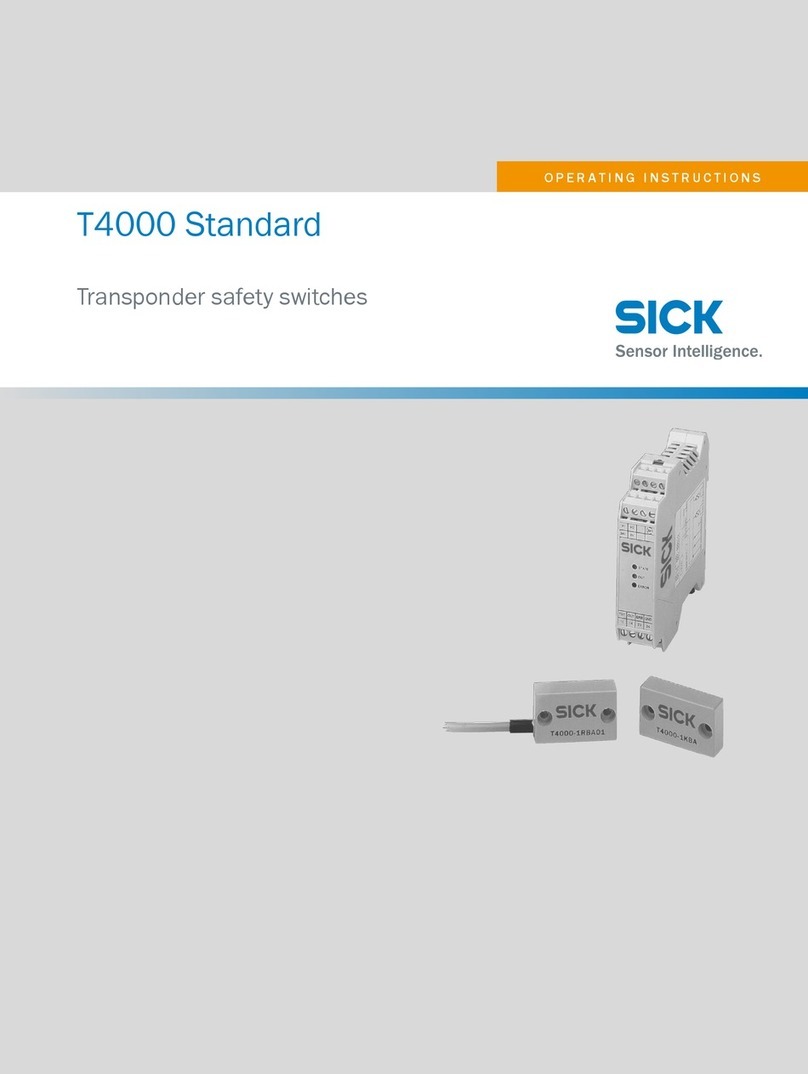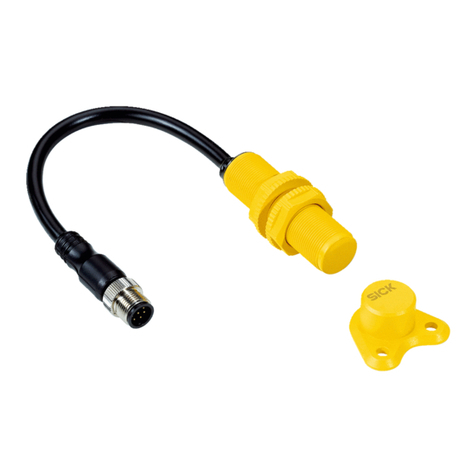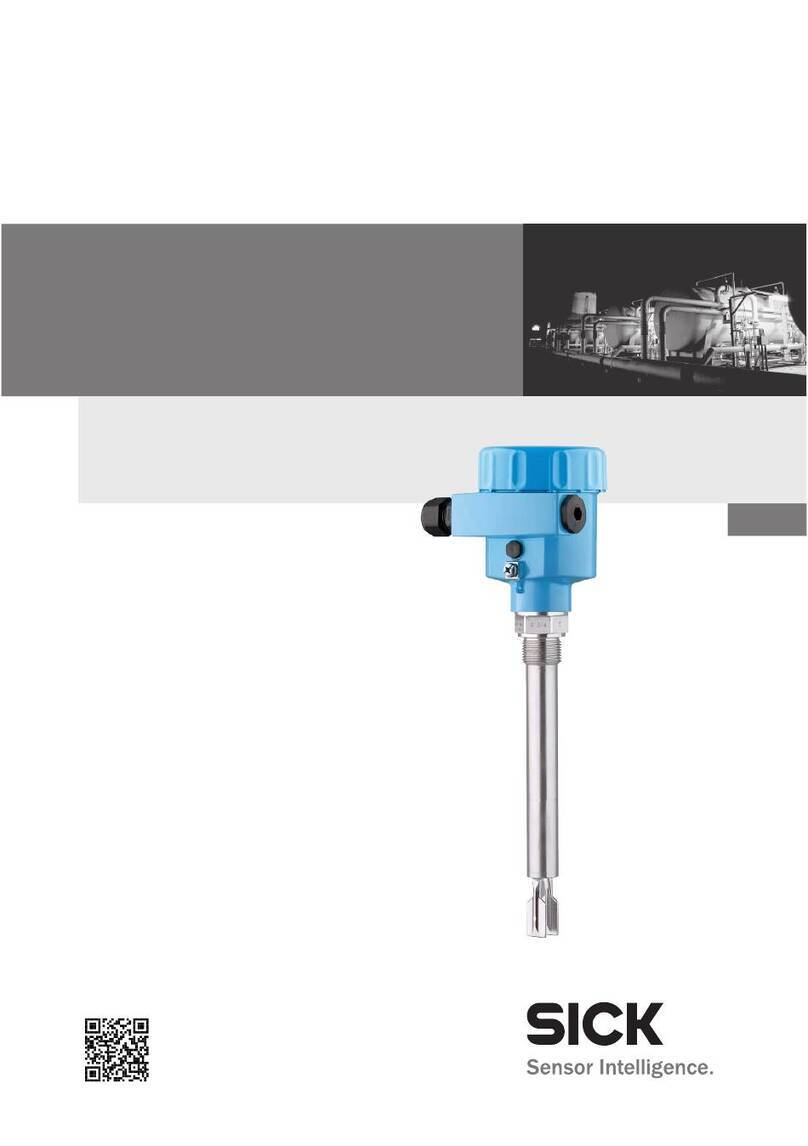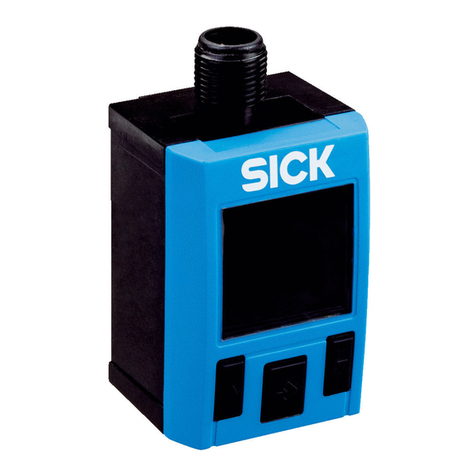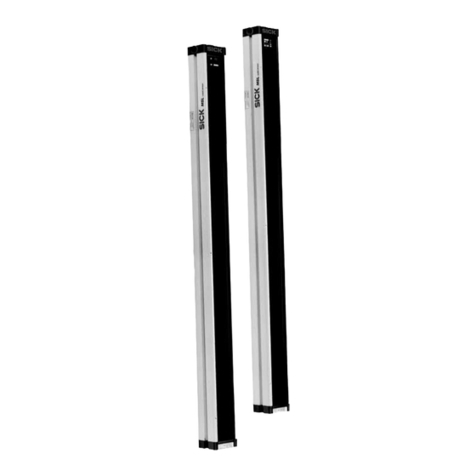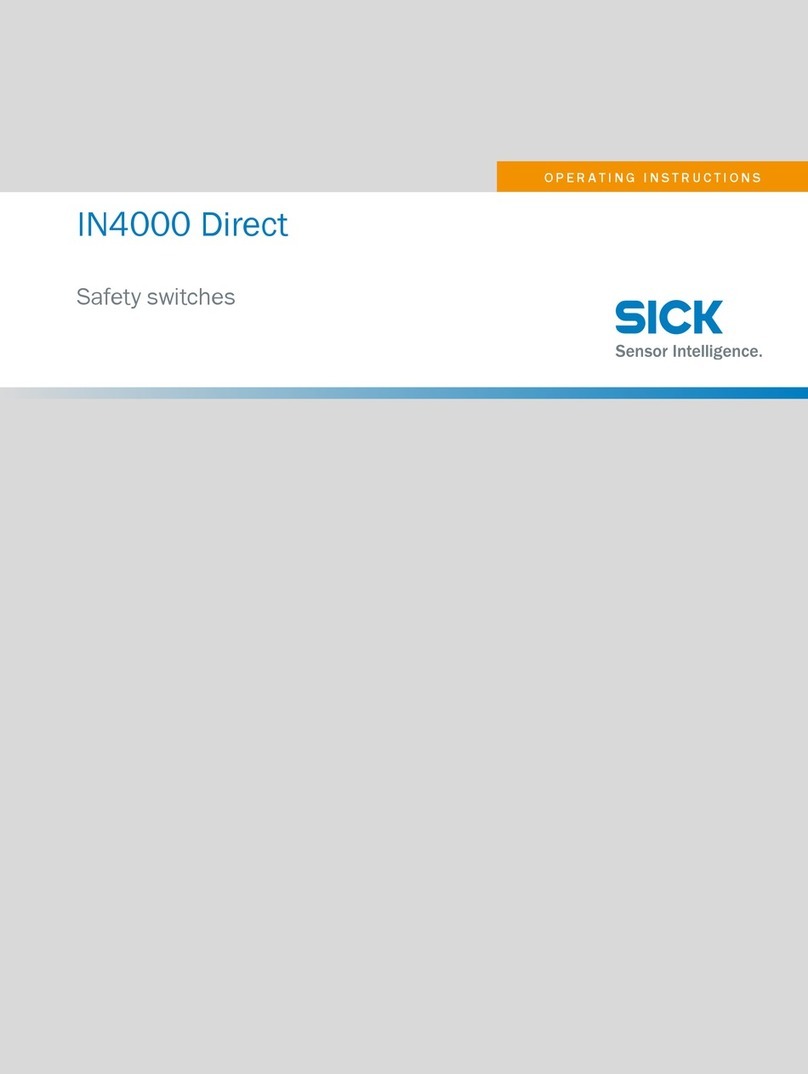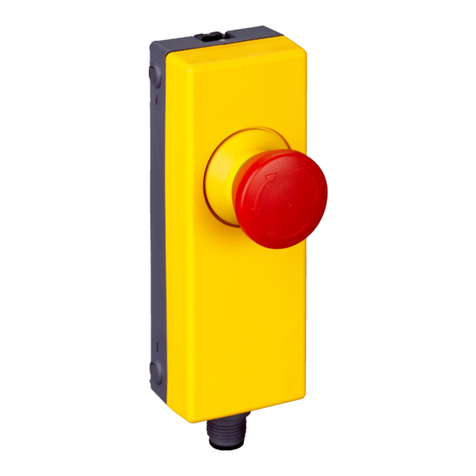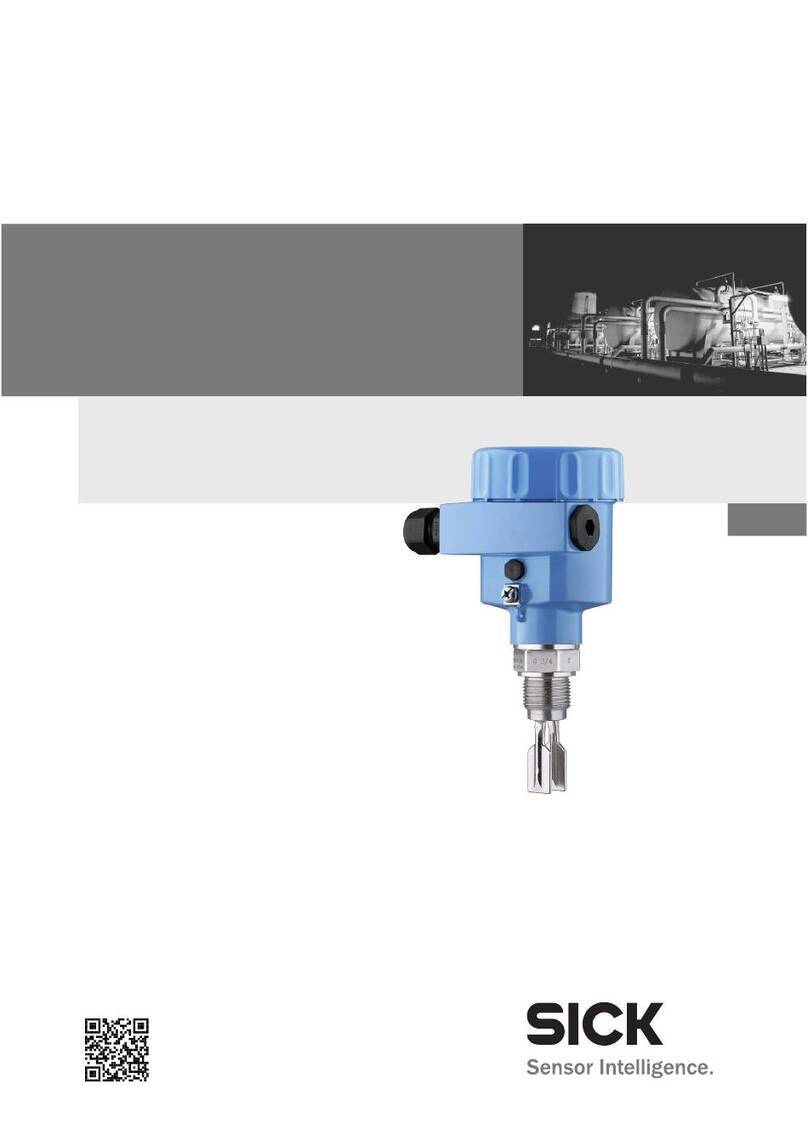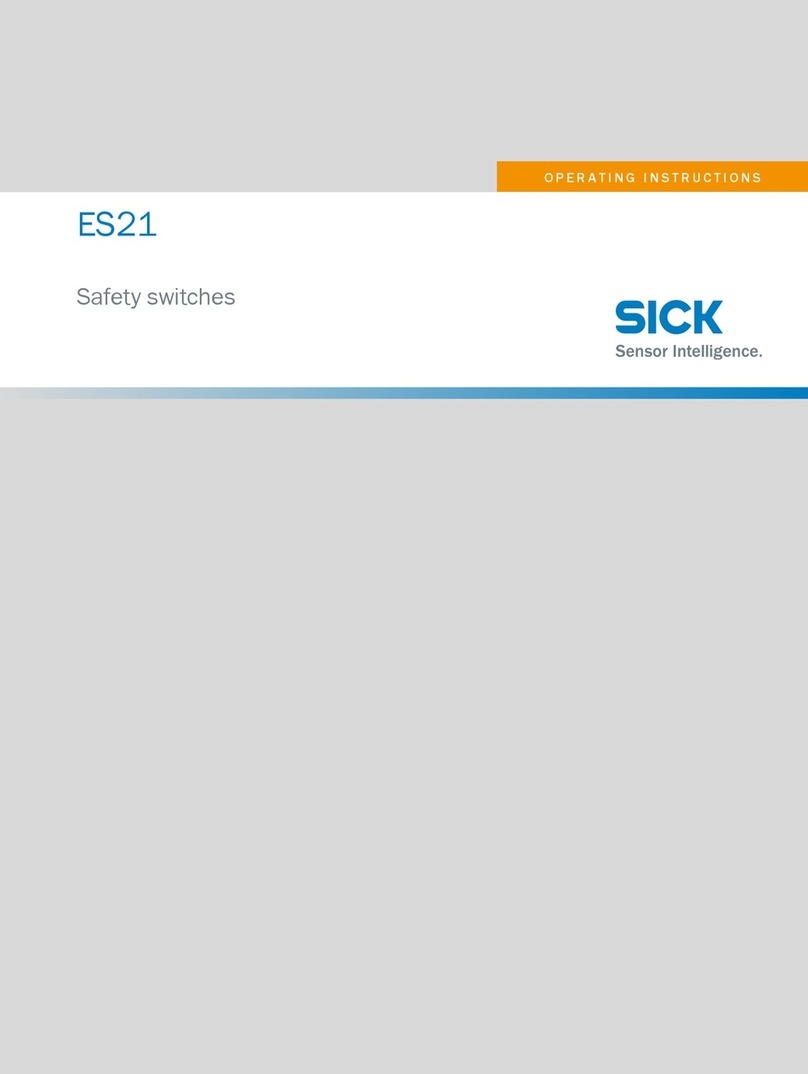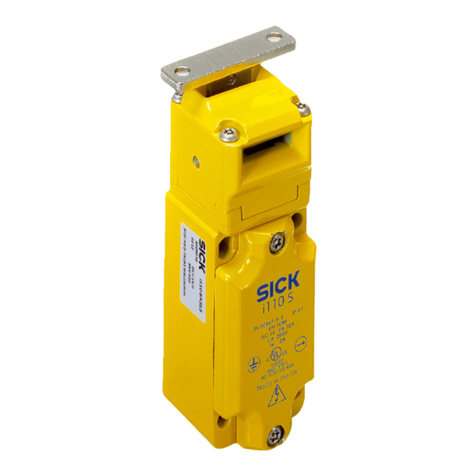
Contents
1 About this document........................................................................ 5
1.1 Function of this document....................................................................... 5
1.2 Scope......................................................................................................... 5
1.3 Target groups and structure of these operating instructions................ 5
1.4 Further information................................................................................... 5
1.5 Symbols and document conventions...................................................... 6
2 Safety information............................................................................ 8
2.1 General safety notes................................................................................ 8
2.2 Intended use............................................................................................. 8
2.3 Requirements for the qualification of personnel.................................... 8
3 Product description........................................................................... 10
3.1 Structure and function............................................................................. 10
3.2 Product characteristics............................................................................ 11
4 Project planning................................................................................ 13
4.1 Manufacturer of the machine.................................................................. 13
4.2 Operating entity of the machine.............................................................. 13
4.3 Design........................................................................................................ 14
4.4 Integration into the electrical control...................................................... 14
4.5 Thorough check concept.......................................................................... 14
5 Mounting............................................................................................. 16
5.1 Safety......................................................................................................... 16
5.2 Unpacking.................................................................................................. 16
5.3 Mounting................................................................................................... 16
5.4 Changing the approach direction............................................................ 18
6 Electrical installation........................................................................ 20
6.1 Safety......................................................................................................... 20
6.2 Failsafety................................................................................................... 20
6.3 Protection of the voltage supply.............................................................. 21
6.4 Notes on cULus......................................................................................... 21
6.5 Device connection M12×8....................................................................... 21
6.6 Connecting cables.................................................................................... 22
6.7 Y-distribution and end connector............................................................. 24
6.8 Connection................................................................................................ 25
7 Commissioning.................................................................................. 30
7.1 Safety......................................................................................................... 30
7.2 Switching on.............................................................................................. 30
7.3 Teach-in..................................................................................................... 30
7.4 Thorough check........................................................................................ 32
CONTENTS
8022738/2019-05-07 | SICK O P E R A T I N G I N S T R U C T I O N S | T4000 Direct 3
Subject to change without notice












